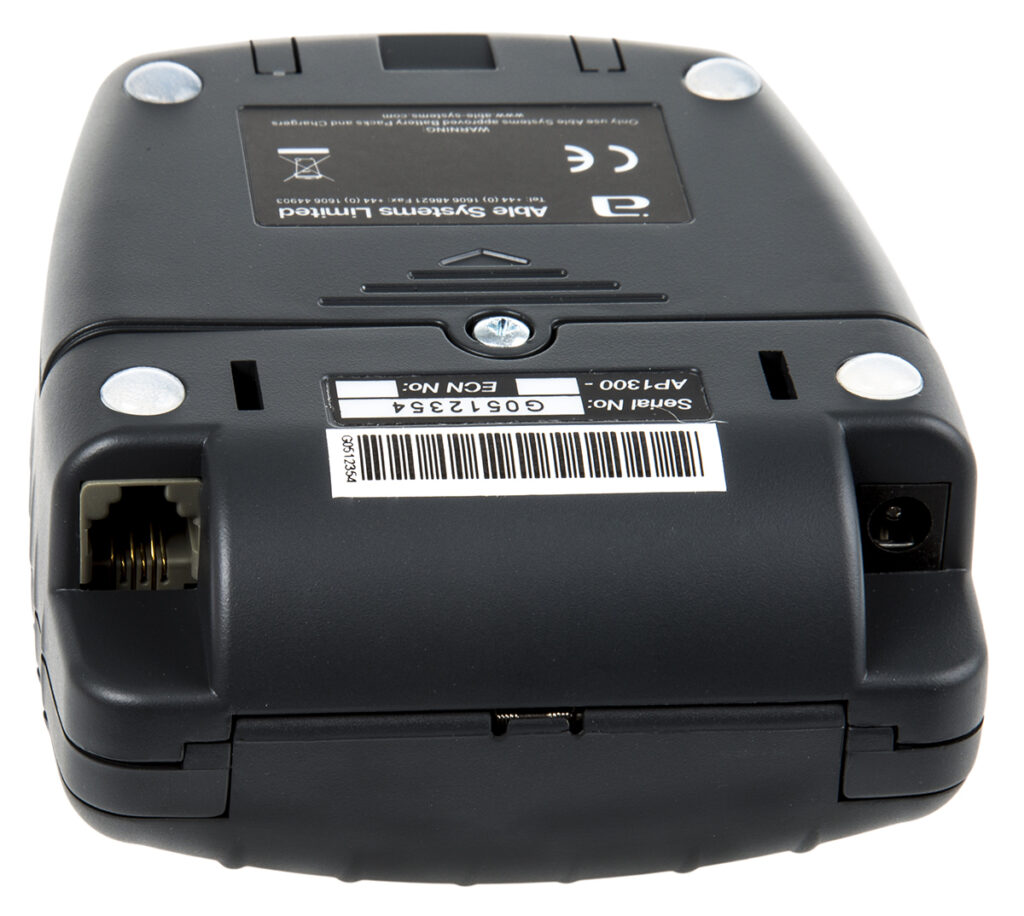
Introduction
The demand for compact, efficient, and mobile solutions has grown significantly with the rise of digital transformation. One device that perfectly embodies this trend is the portable printer. No longer restricted to offices or stationary setups, portable printers are revolutionizing how professionals, students, and engineers handle documentation. Their integration with electronic devices such as laptops, smartphones, and tablets makes them indispensable for on-the-go productivity.
What Is a Portable Printer?
A portable printer is a lightweight, compact printing device designed for mobility and convenience. Unlike traditional printers, portable models are built with microcontrollers, sensors, and rechargeable batteries that enable standalone operation. Many are equipped with wireless connectivity like Bluetooth or Wi-Fi, allowing direct communication with electronic gadgets. Whether for printing receipts, labels, or full documents, portable printers combine performance with portability.
How Portable Printers Work
The functioning of portable printers varies depending on the technology:
- Thermal printers use heat-sensitive paper and electronic heating elements, eliminating the need for ink or toner.
- Inkjet models utilize nozzles controlled by microprocessors to spray ink precisely onto paper.
- Laser-based portable printers rely on compact laser diodes and controllers for high-speed, sharp-quality printing.
In each case, internal sensors, capacitors, and controllers regulate temperature, manage power, and ensure consistent output.
Key Features of Portable Printers
Portable printers include several features that align with the requirements of modern electronics users:
- Compact design for easy storage in backpacks or cases.
- Wireless interfaces like NFC, Bluetooth, and Wi-Fi for seamless connectivity.
- USB or Type-C ports for fast, direct printing.
- Lithium-ion batteries enabling hours of printing without external power.
- Compatibility with microcontrollers and mobile devices, ensuring versatile usage.
These features make portable printers reliable companions in diverse environments, from business trips to field engineering projects.
Applications in Electronic and Industrial Sectors
Portable printers extend far beyond home and office use. They are vital in industries where documentation, labeling, or reporting must be instantaneous:
- Retail and logistics: Printing barcodes, receipts, and shipping labels directly from handheld devices.
- Healthcare electronics: Generating patient tags, diagnostic labels, and prescriptions at the point of care.
- Field services: Technicians use them for on-site documentation of repairs, wiring diagrams, and test results from multimeters and oscilloscopes.
- Education and corporate mobility: Students and professionals print notes, reports, and presentations directly from laptops or tablets.
By integrating with electronic systems, portable printers support efficiency in both consumer and industrial applications.
Benefits of Portable Printers
The rise of portable printers is attributed to their unique advantages:
- Mobility: Lightweight designs allow printing anywhere.
- Efficiency: Print critical documents instantly without relying on office equipment.
- Cost savings: Thermal models reduce expenses by removing the need for ink cartridges.
- Versatility: From invoices and barcodes to detailed reports, they support multiple functions.
- Integration with electronics: Seamlessly pair with controllers, laptops, smartphones, and IoT devices.
These benefits make portable printers valuable for professionals who require both flexibility and dependability.
Portable Printers vs. Traditional Printers
Traditional printers excel in large-volume printing but lack mobility. Portable printers, on the other hand, prioritize flexibility and compactness. While they may not match the high-speed output of office printers, they compensate with features like wireless communication, rechargeable batteries, and compatibility with electronic controllers. This trade-off makes them suitable for field applications, where quick documentation is more important than bulk output.
Role in Electronic Testing and Automation
Portable printers are increasingly important in electronic testing laboratories and automation facilities. Engineers frequently use them to print test results, calibration reports, and performance charts from devices like oscilloscopes, data loggers, and signal analyzers. Their ability to integrate with PLCs, microcontrollers, and automation software ensures that test data is documented instantly and accurately.
In warehouse automation, portable label printers pair with barcode scanners and RFID systems, providing real-time updates that improve logistics efficiency.
Future Trends in Portable Printers
As electronics evolve, portable printers are becoming more advanced. Future models are expected to feature:
- IoT integration, enabling remote monitoring and diagnostics.
- Cloud connectivity, allowing direct printing from storage platforms.
- Energy-efficient microcontrollers, enhancing battery performance.
- Eco-friendly materials and recyclable designs, reducing environmental impact.
- AI-assisted printing software, ensuring automatic formatting and optimized layouts.
These innovations will further embed portable printers into the global electronic ecosystem.
Why Businesses Should Adopt Portable Printers
For businesses, the adoption of portable printers offers tangible benefits. In retail, they improve customer experience by generating receipts instantly. In logistics, they streamline operations by enabling drivers to print labels directly on delivery routes. In healthcare, they reduce errors by allowing accurate bedside labeling of samples and medicines. Each of these applications demonstrates how portable printers enhance reliability, safety, and compliance in modern electronic systems.
Conclusion
The rise of the portable printer reflects the growing demand for flexibility, mobility, and electronic integration. By bridging the gap between digital devices and physical documentation, portable printers empower professionals across industries to achieve higher productivity and accuracy. Compact yet powerful, these devices are now essential tools in retail, healthcare, logistics, and industrial automation. With continuous innovation, portable printers will remain at the forefront of mobile technology, supporting the future of connected electronic workflows.

